Learning at Lunchtime
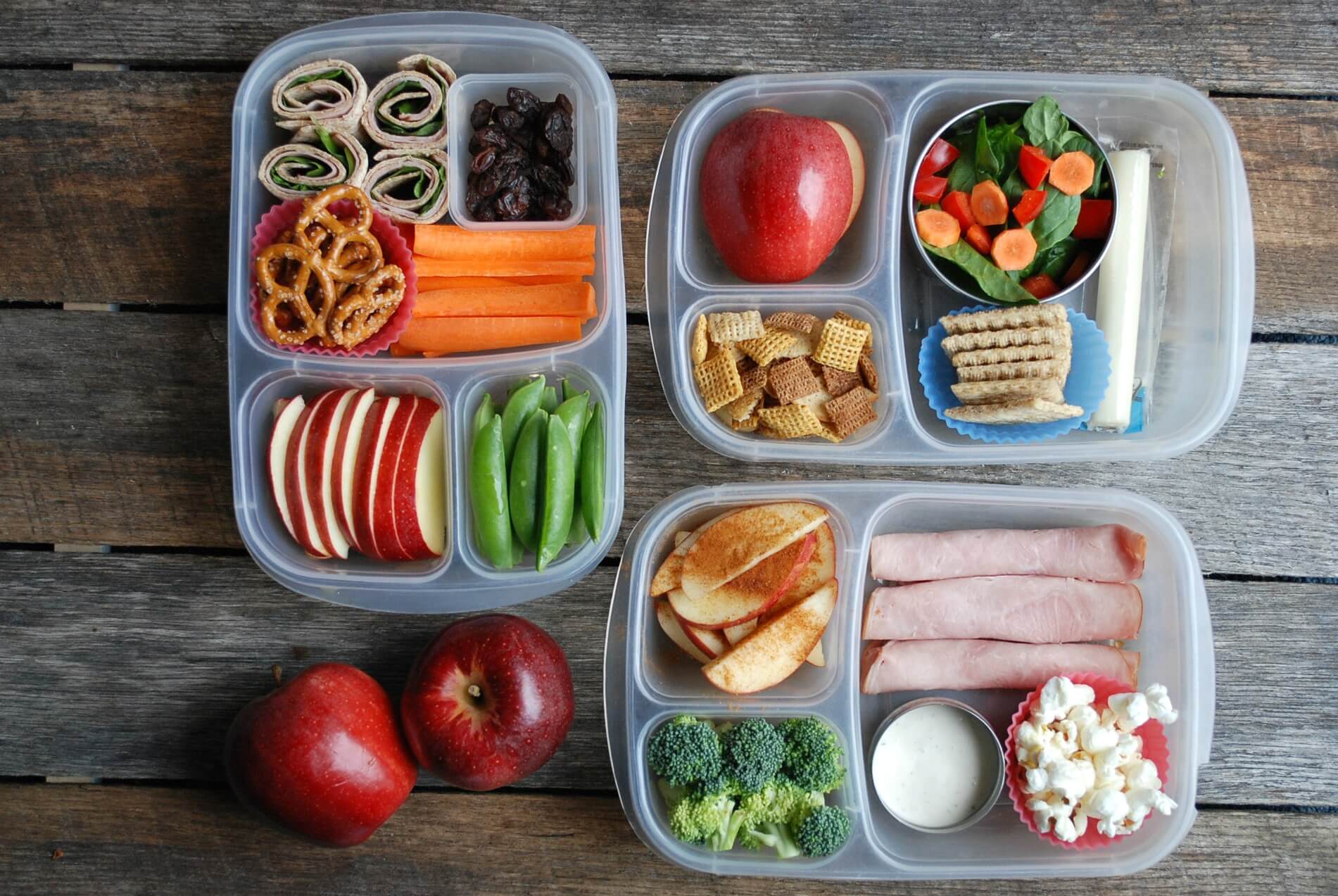
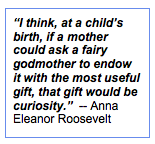 Lately, I’ve been noticing how much learning is going on in our classroom at lunchtime! And I was thinking today that of course that could happen at home, as well. All you need is one or more curious kids and one or more playful adults. And, of course, the food you are eating.
Lately, I’ve been noticing how much learning is going on in our classroom at lunchtime! And I was thinking today that of course that could happen at home, as well. All you need is one or more curious kids and one or more playful adults. And, of course, the food you are eating.
Kids ask questions all day long, at school, at play, and at home. As a Mom, I sometimes thought that the endless “why’s” of my 3-year-old were just designed to bug me! But as the lunchtime curiosity of our preschoolers demonstrates, with some undivided adult attention (which they also crave), and encouraging their thinking by asking questions back to them (known as the Socratic method), their curiosity, logical thinking, vocabulary, and knowledge base will bloom like a garden in Spring.
In our classroom, it usually starts with a simple comparison or question, asked by the teacher, or more often by a student:
Q: What is the same in my lunch and your lunch?
We both have carrots! … But mine are cooked. (similarities and differences)
I only like chicken nuggets, not plain chicken. (knowledge of self)
I don’t like blackberries; I only like strawberries.
Well, I like blackberries. (people have different likes and dislikes)
Q: Where do bananas come from? …. Suddenly everyone wanted to ask, or answer, how different foods grow. (natural science, natural curiosity, logical thinking, categorizing)
This soon turned into a guessing game, or a quiz show:
Q: Where do carrots come from? … lots of guesses, until someone remembered a Winnie the Pooh book we read last week: “They grow underground. You have to pull them out.” (connecting literature to other knowledge)
Q: What else grows underground? (potatoes, beets, radishes, onion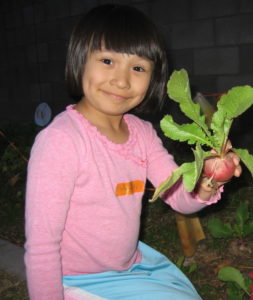 s)
s)
The students took over, posing the questions:
Do pineapples grow underground?
Where does lettuce grow?
After a few quiet minutes, one thoughtful four-year-old asked, “Miss Tina, where does ketchup come from?” “Hmm, do you think it grows in a garden?” I asked her. “No, but I think it has tomatoes,” she replied. “How do you know that?” I asked. “My ketchup at home has a picture of a tomato on it,” she explained. (recall and logical thinking)
“Do tomatoes grow on trees?”
“Oh, vines … what else grows on a vine?” (grapes, beans, cucumbers, squash…)
I prompted: Pumpkins are too heavy to grow on a tree, so they have to grow on the ground.
The students continued:
“Watermelons are too heavy too! Do they grow on a vine?”
“Can we plant a pumpkin? It has lots of seeds!”
“What else has seeds?” I asked.
Remember:
“Sometimes questions are more important than answers.” — Nancy Willard
This led me to tell the story of “The Little Red House with No Windows and No Doors.”
You can read and print a version of the story (from MsBsClassroom.com) here: TheLittleRedHouse-ThinkingStory.pdf
Cutting my apple down the middle (not from stem to base), I opened it up – with great suspense – to show the 5-pointed star inside! The children were thrilled! Some said it looked like a flower. Then they noticed the seeds inside the star.
… And they wondered:
How does the star get there? Do all apples have stars? … Every day, for two weeks, they wanted to know if I had an apple in my lunch, and if it had a star. We looked at red Gala apples, green Granny Smith apples, and a gigantic Honeycrisp apple. (Literature: oral story-telling; curiosity, discovery)
The first day, I asked, “Would you like to eat a little sliver of my apple?” Everyone (except one child who is wary of new foods) wanted to taste it. The next day, they all asked me if they could have a piece of my apple again – including the child who was reluctant the day before. (trying something new, developing new tastes)
So now we talk about “tart,” and “sweet,” and “crunchy,” and “juicy.” (Sensory observation: taste and texture; Language: adjectives)
“Where does apple juice come from?” asked one curious girl. So we tasted another piece of apple. Can you feel the juice in your mouth? Did it come from the apple? How could we get the juice out of the apple? (Science, observation, logical thinking)
And then one day, I brought a round tomato for lunch. “Does it have a star inside?” the students asked. Well, let’s see. I sliced it through the middle like the apple (not from stem to base). “It has seeds!” “It’s an X!” “It has seeds … so it’s a fruit!” (making connections, using prior knowledge)
I cut open my avocado … “What’s that inside?” “It’s a pit … a large seed.”
“Miss Tina, I just learned something: an avocado is a fruit! I didn’t know that.” (applying prior knowledge)
“Can we play a guessing game?” someone asks. For a preschooler, you should limit this game to items they can see in the room. (observation, keeping 2 or more descriptions in mind at a time, deduction, logical thinking)
I start: “I’m thinking of something that is round and has numbers on it.” … “My apple?”
“No, an apple is round but it doesn’t have numbers on it.” … “The clock!”
The kids each want a turn to choose the mystery object:
“I thinking of something green, and it has water in it.” “My water bottle!”
“I’m thinking of something square, and it’s black.” “The microwave?”
“No, it’s small and it’s sweet.” “It’s my brownie!”
“Let’s play ‘Thumbs Up, Thumbs Down!’” (This could be any true/false game, but we are using “thumbs up if it rhymes, thumbs down if it doesn’t rhyme.” (language, discriminating beginning and ending sounds, recognizing and producing rhymes)
“Do hop and bop rhyme?” Thumbs up!
“Do berry and merry rhyme?” Thumbs up!
“Do nose and mouth rhyme?” Thumbs down!
“Do flicka and tricka rhyme?” Thumbs up! (they don’t have to be “real” words)
As we mentioned in our book, Your Amazing Preschooler, Deb’s preschool students love to pretend they are eating lunch in “a quiet restaurant,” with small electric candles on the table, and classical music playing. They soon learn to identify the instruments they are hearing and even ask for specific composers by name. “Let’s listen to Beethoven today,” or “That sounds like Mozart.” (social manners, musical appreciation)
We wish you many pleasant lunches with your curious and fun-loving preschoolers, whether having a raucous rhyme-fest or in your own “quiet restaurant.” You will be amazed at what your preschoolers learn from their own questions, and you may even learn something too!

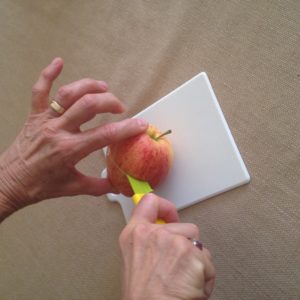
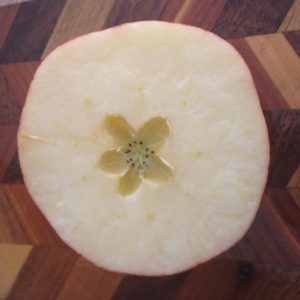
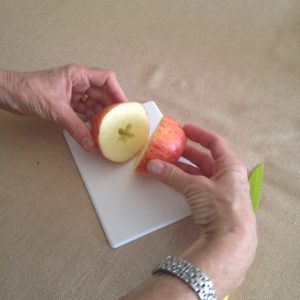
Wow, Tina, what a great story! You and Deb are talented teachers and your students are so fortunate.